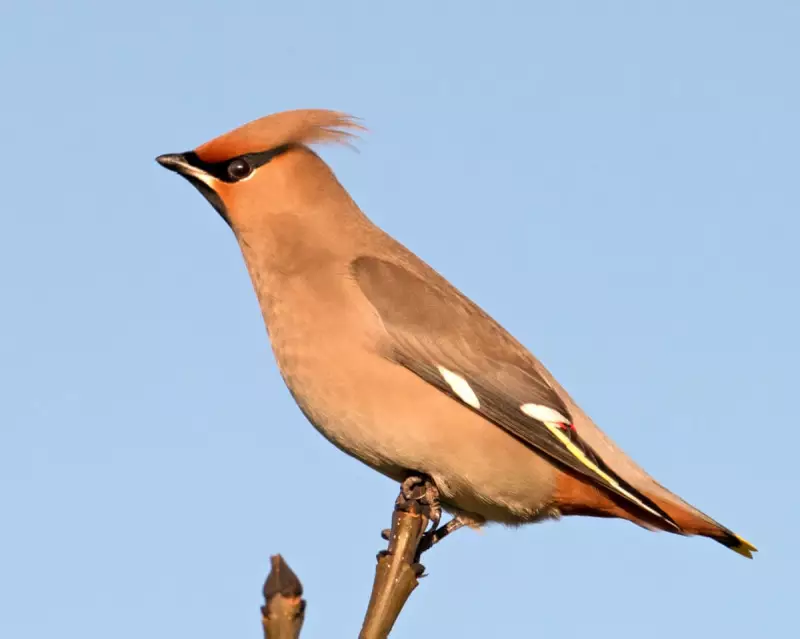
As November settles in, the main autumn bird migration in the UK is largely complete, but experts report that specific weather patterns are still prompting fascinating avian movements.
Charismatic Waxwings Poised for Arrival
According to the British Trust for Ornithology's Migration Blog, one of the most anticipated winter visitors is the waxwing. These charismatic birds, known for their distinctive crests and soft trilling calls, could be heading for the UK in significant numbers.
High numbers of waxwings are currently being recorded in southern Scandinavia. The key to their arrival on British soil lies in the weather: should easterly winds combine with clear skies, these birds are likely to make the crossing over the North Sea.
They are often spotted along the east coast, frequenting supermarket car parks where they gather in noisy flocks to feast on berry-laden trees.
Secretive Woodcocks and Surprising Pigeons
Waxwings are not the only travellers from Scandinavia. The secretive woodcock also makes its journey to the UK on clear nights, with its numbers typically peaking during November.
However, these woodland-dwelling waders are far harder to observe than their more gregarious counterparts.
In a more surprising development, the BTO also highlights significant movements of wood pigeons. While not typically associated with migration, they have been observed moving in vast flocks.
Late last month, an astonishing 231,000 wood pigeons were counted heading south-west over the village of Portskewett in Gwent. It is believed that a portion of these birds will continue across the English Channel to spend the winter in continental Europe before returning next spring to breed.
A Seasonal Shift for Birdwatchers
The departure of summer visitors like warblers and flycatchers to Africa marks a clear seasonal change. Their place is now being taken by winter visitors, predominantly waders and wildfowl, arriving from northern and eastern breeding grounds.
The BTO's insights confirm that bird migration is a complex and ongoing process, with weather conditions playing a crucial role in either hindering or boosting these remarkable journeys, offering unique opportunities for wildlife enthusiasts throughout the colder months.





